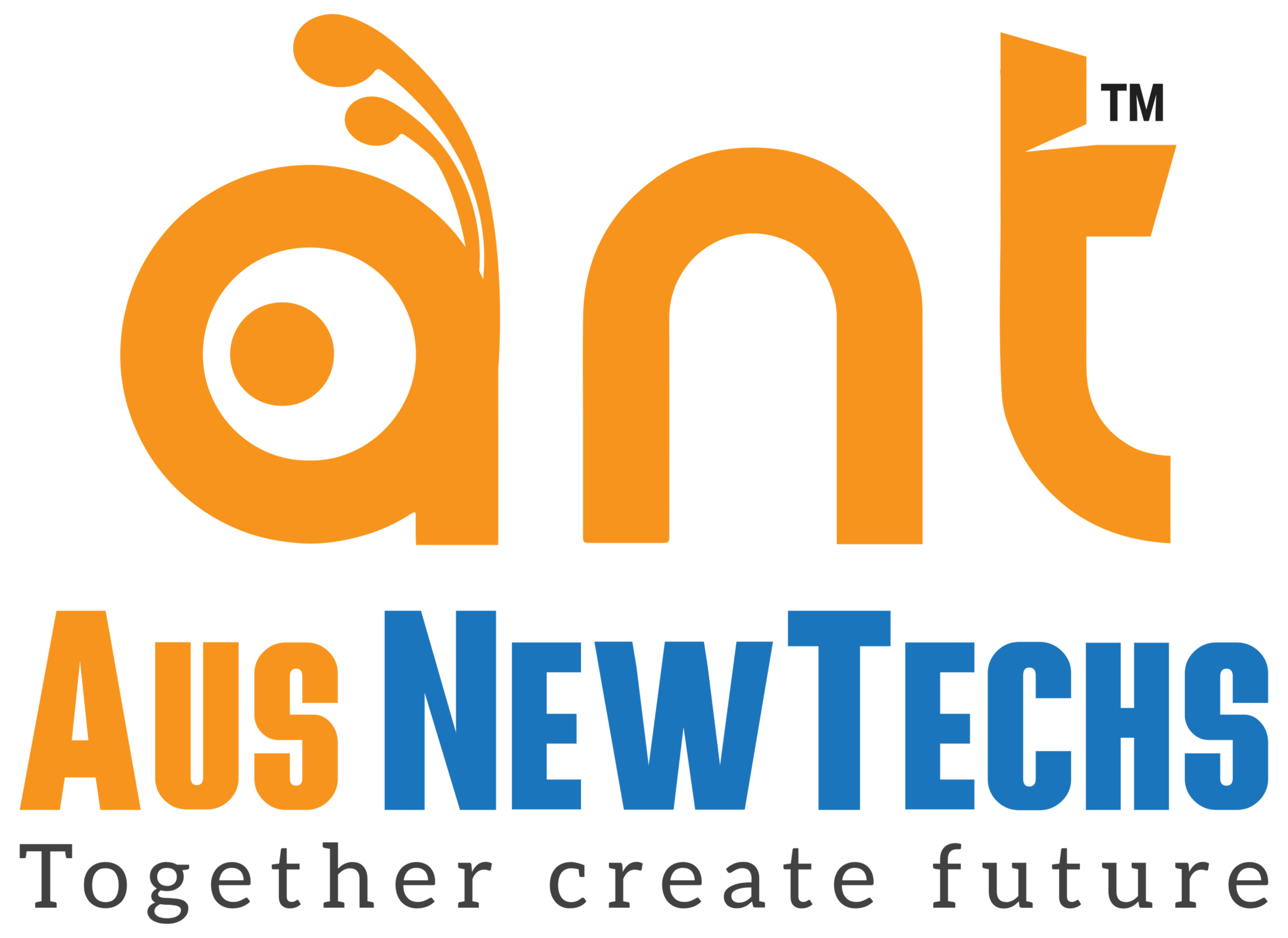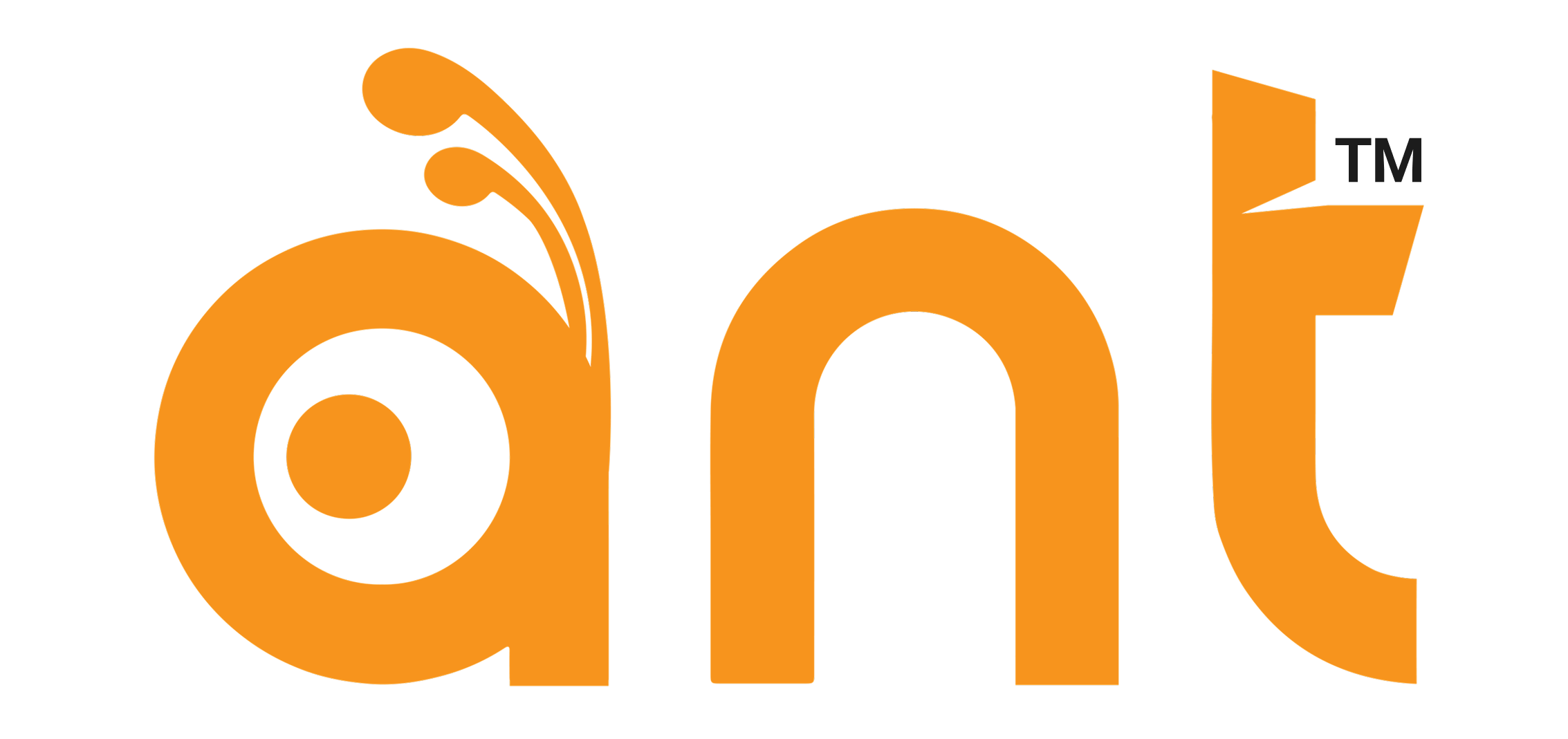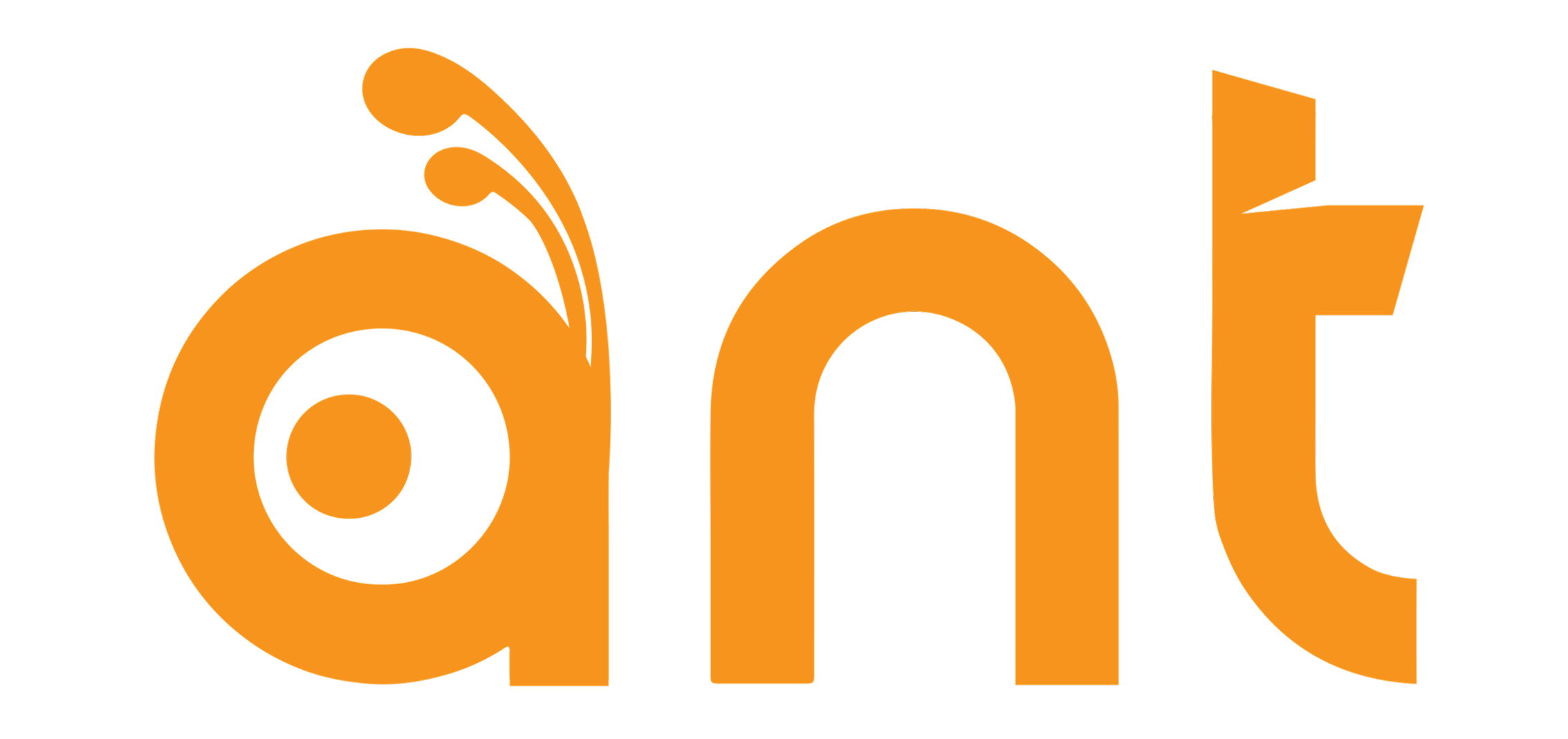In today’s fast-paced business environment, managing a global workforce presents unique challenges. From navigating complex compliance landscapes to ensuring timely and accurate payroll processing, the demands on human resources (HR) departments are immense. However, with the advent of automation, these challenges are becoming more manageable, enabling businesses to operate with greater efficiency and effectiveness. This article explores how automation is transforming HR and payroll processes, the benefits it offers, challenges to consider, and the future of these technologies in global business operations.
The Growing Complexity of Global HR Management
As companies expand their operations internationally, HR departments face the task of overseeing diverse teams across multiple jurisdictions. This expansion introduces several complexities, including:
- Navigating Diverse Labor Laws: Each country has its own set of employment laws, tax regulations, and compliance requirements, which can vary significantly. For instance, the European Union’s General Data Protection Regulation (GDPR) imposes strict rules on employee data handling, while U.S. labor laws differ by state.
- Managing Multicurrency Payroll: Ensuring employees are paid accurately in their local currencies requires accounting for exchange rate fluctuations and local tax obligations, which can complicate payroll processes.
- Cultural Sensitivity: Addressing the diverse cultural expectations and norms of a global workforce is critical to fostering an inclusive work environment and maintaining employee satisfaction.
These complexities often result in increased administrative burdens, a higher risk of compliance errors, and challenges in delivering consistent employee experiences across regions. Without effective tools, these issues can hinder organizational growth and efficiency.
The Role of Automation in HR & Payroll
Automation in HR and payroll involves leveraging advanced technologies to streamline and manage tasks that were traditionally performed manually. By integrating software solutions, businesses can enhance operational efficiency and reduce errors. Key areas where automation is making a significant impact include:
- Streamlined Onboarding and Offboarding
Automated onboarding systems simplify the integration of new hires by:
- Providing Digital Documentation and E-Signature Capabilities: Tools like DocuSign enable secure, paperless contract signing, reducing administrative delays.
- Automating Training Module Assignments: Platforms such as Workday can assign training resources tailored to a new hire’s role.
- Setting Up System Access and Credentials: Automated workflows ensure new employees gain immediate access to necessary systems, enhancing productivity from day one.
Similarly, offboarding processes benefit from automation by:
- Ensuring Timely Retrieval of Company Assets: Automated checklists track the return of equipment like laptops or access badges.
- Revoking System Access: Systems like Okta can instantly deactivate user accounts to maintain security.
- Collecting Exit Feedback: Automated surveys streamline the collection of valuable insights from departing employees.
- Accurate and Timely Payroll Processing
Payroll automation ensures accuracy and timeliness by:
- Integrating with Time-Tracking Systems: Solutions like Kronos sync with time-tracking tools to calculate hours worked accurately.
- Applying Correct Tax Rates and Deductions: Software such as ADP adjusts for local tax regulations and exchange rates, ensuring compliance across jurisdictions.
- Generating Payslips and Tax Documents: Automated systems produce compliant payslips and tax forms, reducing manual effort and errors.
This reduces the risk of payroll errors, ensures compliance with local regulations, and enhances employee trust in the payroll process.
- Enhanced Compliance Management
Keeping pace with evolving labor laws and tax regulations across multiple regions is a daunting task. Automated compliance systems address this by:
- Monitoring and Updating Compliance Requirements in Real-Time: Tools like BambooHR track regulatory changes and update processes accordingly.
- Generating Compliance Reports: Automated reporting ensures businesses are audit-ready with minimal effort.
- Alerting HR Teams to Potential Issues: Proactive notifications help address compliance risks before they escalate.
These capabilities reduce the likelihood of costly penalties and ensure adherence to local and international regulations.
- Data-Driven Decision Making
Automation tools collect and analyze vast amounts of HR data, providing actionable insights into:
- Employee Performance and Productivity: Platforms like SAP SuccessFactors offer analytics to track performance metrics.
- Turnover Rates and Retention Metrics: Data analysis identifies patterns to improve retention strategies.
- Compensation Trends and Disparities: Tools like Paycor highlight wage gaps, enabling equitable compensation adjustments.
These insights empower HR leaders to make strategic decisions aligned with organizational goals, enhancing workforce planning and management.
Benefits of HR & Payroll Automation
Implementing automation in HR and payroll functions delivers numerous advantages, including:
- Increased Efficiency: Automation reduces time spent on repetitive tasks, allowing HR professionals to focus on strategic initiatives such as talent development and employee engagement.
- Improved Accuracy: By minimizing human errors in data entry and calculations, automation ensures reliable payroll and compliance processes.
- Cost Savings: Streamlined processes reduce administrative overhead, saving businesses significant resources.
- Scalability: Automated systems easily accommodate a growing global workforce without requiring proportional increases in HR staff or resources.
- Enhanced Employee Experience: Employees benefit from timely access to payslips, benefits information, and self-service portals, fostering a consistent and positive experience across regions.
These benefits collectively enable businesses to operate more effectively in a competitive global market.
Challenges and Considerations
While automation offers substantial advantages, organizations must address several challenges to ensure successful implementation:
- Integration with Existing Systems: New automation tools must integrate seamlessly with legacy HR and payroll systems. For example, ensuring compatibility with existing enterprise resource planning (ERP) systems like Oracle NetSuite is critical.
- Data Security: Protecting sensitive employee data from breaches is paramount. Solutions like OneLogin provide robust security measures to safeguard information.
- Change Management: Transitioning to automated systems requires comprehensive training and support to ensure HR teams and employees adapt effectively. Change management platforms like Prosci can facilitate this process.
Addressing these challenges proactively ensures a smooth transition and maximizes the benefits of automation.
The Future of HR & Payroll Automation
The future of HR and payroll automation is bright, with emerging technologies poised to further transform these functions. Key advancements include:
- Artificial Intelligence (AI) and Machine Learning: AI-driven tools like IBM Watson can predict employee turnover, recommend retention strategies, and personalize employee development plans based on performance data.
- Automation of Complex Decision-Making: Machine learning algorithms can optimize compensation structures and benefits packages, ensuring competitiveness and fairness.
- Blockchain for Payroll Security: Blockchain technology, as explored by companies like Bitwage, offers secure, transparent payroll processing, particularly for international transactions.
These innovations promise to enhance efficiency, accuracy, and employee satisfaction while addressing the complexities of global workforce management.
Conclusion
Automation is no longer a luxury but a necessity for businesses striving to succeed in the global marketplace. By adopting automated HR and payroll solutions, organizations can navigate the complexities of managing a diverse workforce, ensure compliance with local and international regulations, and deliver a superior employee experience. As technologies like AI, machine learning, and blockchain continue to evolve, the potential for automation in HR and payroll functions will expand, offering even greater opportunities for efficiency, innovation, and strategic growth. Embracing these advancements positions businesses to thrive in an increasingly competitive and interconnected world.


